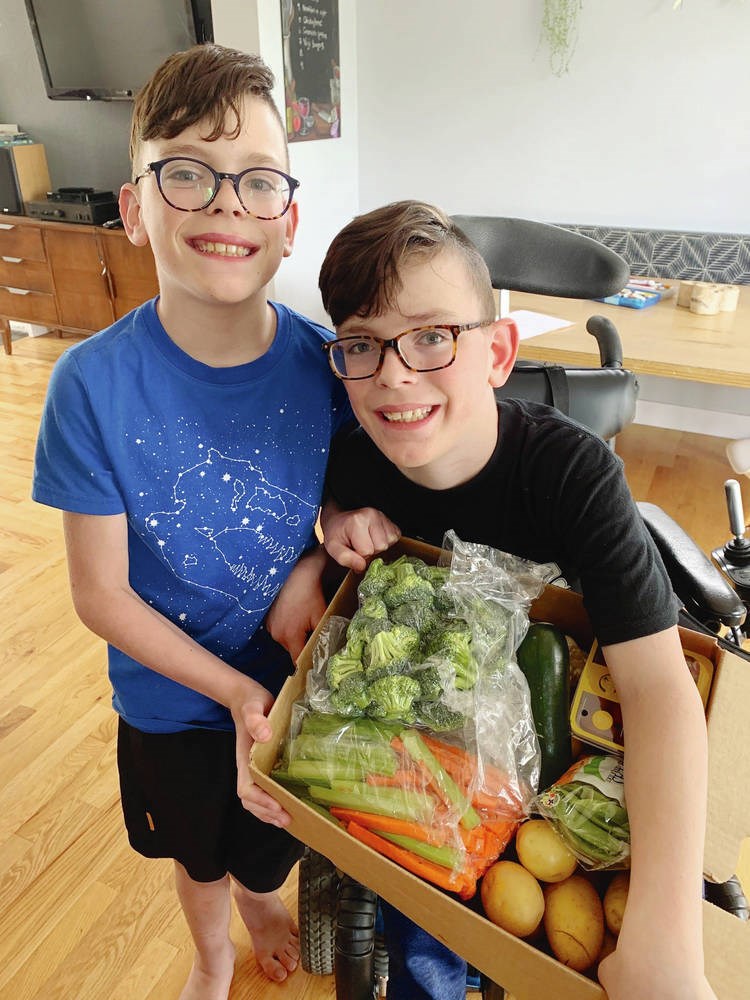During the COVID-19 pandemic, families with children with life-threatening or life-changing medical conditions and the organizations that help them have faced a double whammy.
“Families with sick kids will move mountains to get them the care they need,” said Craig Smith, founder of Help Fill a Dream Foundation. “But many faced layoffs, adding to the financial, mental and physical stress.”
Taking a dream trip to Disneyland to lift spirits fell off the table. Travel restrictions aside, many of the sick children are also immunocompromised, some due to the life-saving medication they were taking, making COVID-19 a greater threat.
Families were in survival mode, self-isolating to avoid any unnecessary exposure to the virus.
“While we usually make the impossible possible, we were faced with the need going up and our funds going way down due to in-person fundraising events being put on hold,” said Smith of the charitable organization, which celebrates its 35th anniversary this year.
“We had to sit back to identify the different things that we could do — and what we could not.”
Thanks to a $10,000 Community Recovery Program grant from the Victoria Foundation, the Help Fill a Dream Foundation was able to pivot from trips to providing a more immediate and meaningful family-assistance program.
The foundation set up a food bank providing fresh fruit and vegetables for 80 families.
Volunteers would deliver the food on a weekly basis, reducing the family’s exposure to possible virus transmission in crowded grocery stores.
“The program was a good fit. It was something relevant, met their needs and helped take a stressor off the table,” Smith said.
Under the program, caregivers can also seek assistance acquiring medically required equipment such as a wheelchair, walker, or continuous glucose monitor, or paying for therapeutic resources.
Volunteers delivering food hampers to self-isolating families kept hearing a common request: something to help them and the children to pass the time collectively.
The request led to the creation of an offshoot: — a therapeutic art program consisting of art kits provided by the McTavish Academy of Art.
“The curated arts and crafts kits are art projects that a family can do together.”
parrais@timescolonist.com



